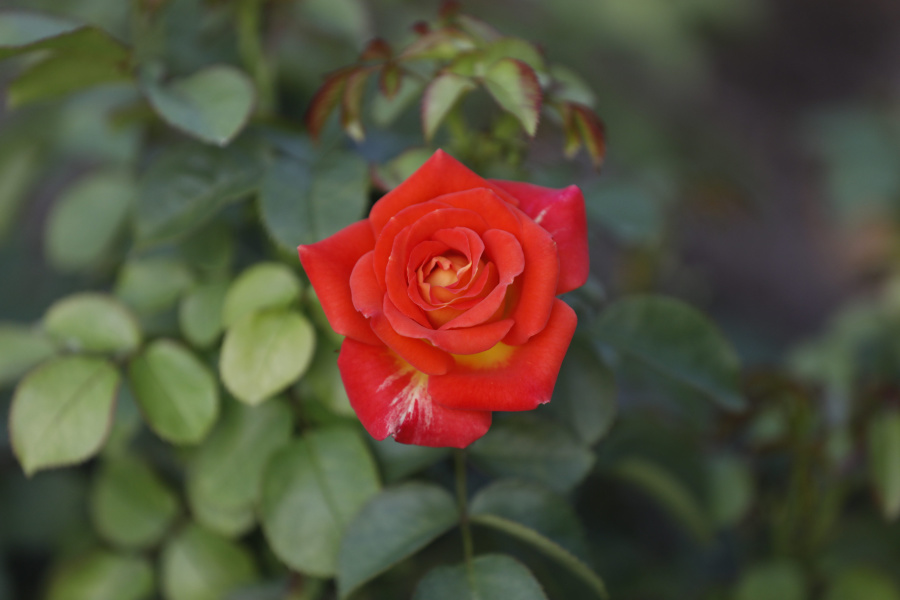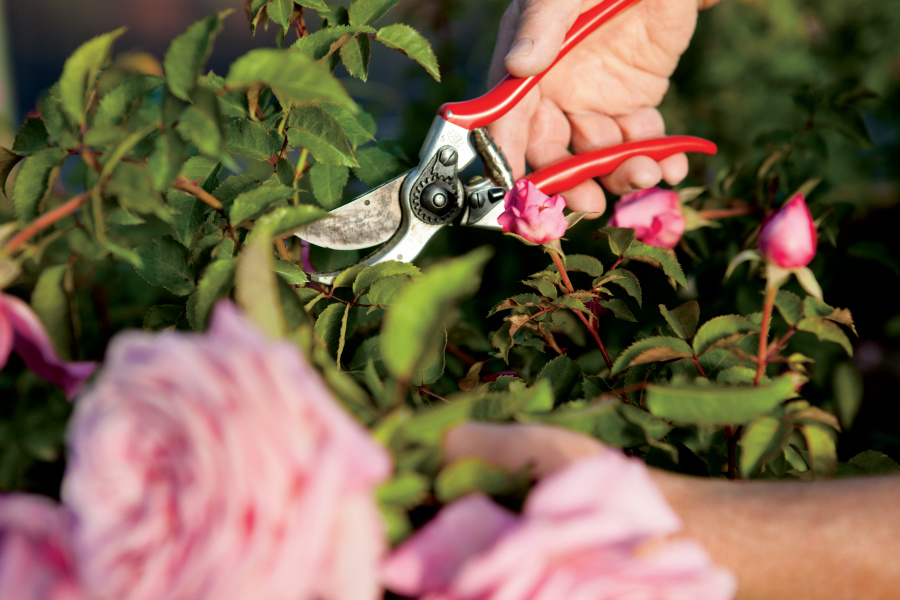Home > Lifestyle > Garden > How to Grow and Care for Roses
How to Grow and Care for Roses

Even the least-experienced green thumb can identify a rose. And it’s no surprise, is it? Roses are beautiful, fragrant and versatile, and they have a long history as a symbol of love and romance. They also come in nearly every shape, size and color you can imagine, making them a wonderful addition to any gardener’s collection. Thinking of adding roses to your garden plans this season? Read on to learn how to grow roses and keep them healthy.
Choose Your Variety Carefully
There are more varieties of roses than you can count, which means you could spend days browsing catalogs before finding the perfect variety for you. From micro-miniatures and ground-cover roses to climbing and patio roses, there truly is a rose for every gardener. You might be tempted to jump in with both feet, but our advice is to start small. Pick a few beginner-friendly varieties that complement each other well when you’re first starting out.

Purchase Roots
You can purchase your roses two ways: potted in soil or as bare-root plants. Container roses are an excellent choice for anyone wanting to dive in quickly. You can find them at local nurseries and garden centers, and you can plant them on cool and cloudy days (the most preferable for roses).
Bare-root roses, on the other hand, can be purchased online more affordably and generally offer you more control over the variety you choose. But they do require a little more hands-on work than those already potted and growing in containers.
See more: Spring Gardening To-Do List
Pick Your Garden Spot
Most varieties of roses prefer full sun (6 to 8 hours a day) and rich, well-draining soil. If you’re growing roses in a particularly hot climate, you’ll want to find a spot with afternoon shade to protect the flowers from the afternoon sun. Gardeners in cold climates would do well to plant roses near south or west-facing structures to give them a little extra protection from plummeting winter temperatures.

Plant in the Spring or Fall
Don’t plant your roses in summer or winter. Aim to plant in spring, just after the final frost, or about six weeks before the first frost in autumn.
Plant Properly
It sounds silly, but planting properly in the beginning will set you up for the most success. Make sure you dig a large enough hole for the roots. Ensure your growing spot has enough organic matter or add store-bought compost to provide the roses with the nutrients they need. When you set the plant in the ground, fill the hole about halfway with soil (add a slow-release fertilizer too), water thoroughly and finish filling with soil. Give the filled-in hole another thorough watering and mound the soil around the plant.

Fertilize on a Schedule
If you want to see a burst of blooms from your roses, set reminders to fertilize often. The amount of fertilizer will vary from plant to plant, but aim to use organic fertilizers, such as fish emulsion or other blends that provide nitrogen, phosphorus and potassium.
See more: 12 Flower Varieties to Plant This Spring
Water Often
Roses prefer moist but not waterlogged soil. Check the ground regularly and aim to provide about an inch of water per week during the growing season. Avoid getting water on the leaves or petals to minimize the risk of disease.

Learn to Prune
Beginner gardeners can be wary of pruning, but you’re unlikely to overdo it when it comes to pruning your rose bushes. Invest in a good pair of pruners and some pruning gloves (specifically rated for roses) and plan to prune in early spring. The general idea is to remove any dead or damaged canes with vigor in the spring. But you can also prune mildly throughout the year to keep your plants looking healthy and happy.
See more: How to Start a Pollinator Garden This Spring
Deadheading
Some rose varieties benefit from deadheading, which is where you cut the spent or dying blooms to encourage new growth. Certain reblooming varieties will bloom more vigorously if you deadhead throughout the season. Self-cleaning varieties will drop off on their own without intervention.

Fresh-Cut Roses
Everyone enjoys the sight of roses in the garden, but we love bringing them inside to add beauty, elegance and that iconic perfumed scent to a room, too. If you choose to cut your roses and bring them indoors, here are a few tips.
- Cut the roses immediately after they bud to ensure the longest vase life.
- Use hand pruners or shears, not your hands or scissors.
- Cut your roses first thing in the morning or late in the evening after the sun has set.
- Cut the stems again just before placing them in a vase (this helps prevent air bubbles at the bottom of the stem).
- Trim the stems at a 45-degree angle.
- Remove any foliage that will be submerged in water to avoid bacteria.
- Change the vase water daily and recut the stems every other day.



